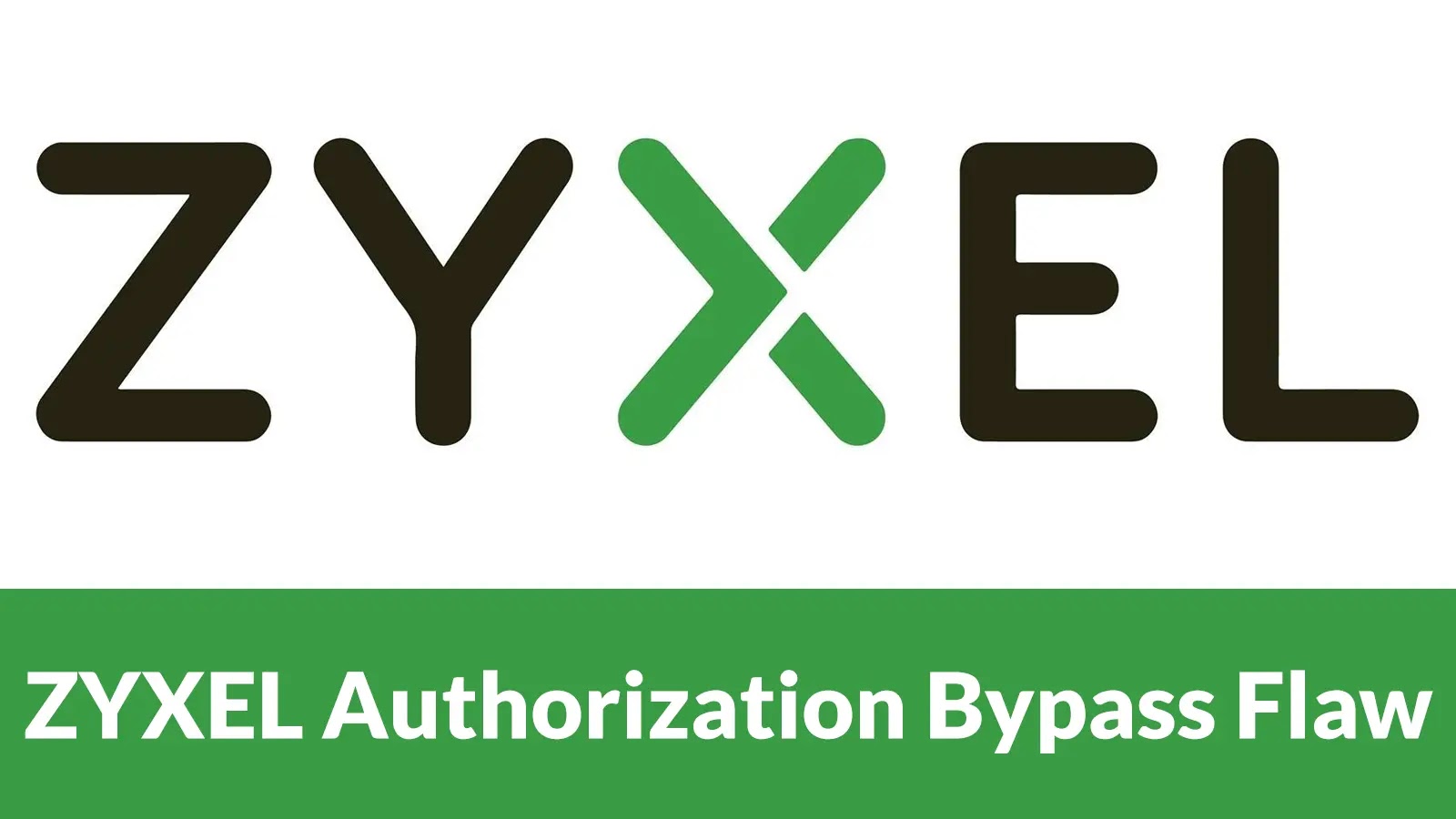
ZYXEL Authorization Bypass Vulnerability Let Attackers View and Download System Configuration
Unmasking CVE-2025-9133: ZYXEL’s Authorization Bypass Flaw
The integrity of network security appliances is paramount. A critical authorization bypass vulnerability, identified as CVE-2025-9133, has emerged within ZYXEL’s ATP and USG series network security gateways. This flaw presents a significant risk, allowing unauthorized individuals to circumvent two-factor authentication (2FA) and subsequently view or download sensitive system configurations. Such access could lead to a complete compromise of the affected devices and the networks they protect.
What is CVE-2025-9133?
Tracked as CVE-2025-9133, this vulnerability impacts ZYXEL network security appliances running ZLD firmware version 5.40. It specifically targets the authorization mechanism, which is designed to control who can access what resources within the device’s management interface. Attackers are able to bypass these controls, gaining unauthorized access to the device’s core configuration files. This means an attacker could potentially gain insight into network topology, sensitive credentials, firewall rules, and other critical operational data.
Impact of the ZYXEL Authorization Bypass
The immediate and most severe impact of this authorization bypass is the unauthorized viewing and downloading of system configurations. This is not a trivial exposure. With access to configuration data, an attacker can:
- Map the Network: Understand the internal network architecture, connected devices, and data flows.
- Discover Credentials: Potentially uncover usernames, passwords, API keys, or other sensitive authentication details stored in plain text or weakly encrypted formats within the configuration files.
- Identify Vulnerabilities: Pinpoint other weaknesses or misconfigurations that could be exploited for deeper penetration.
- Plan Further Attacks: Use the gathered intelligence to craft highly targeted attacks, such as lateral movement within the network or data exfiltration.
- Undermine Security Posture: With a complete understanding of security rules and policies, attackers can devise strategies to evade detection and maintain persistence.
Crucially, the ability to bypass 2FA protections means that even organizations with strong authentication policies are vulnerable if their ZYXEL devices remain unpatched.
Affected ZYXEL Devices and Firmware Versions
The vulnerability primarily affects ZYXEL’s ATP and USG series network security appliances. Specifically, devices running ZLD firmware version 5.40 are confirmed to be vulnerable. Users should consult ZYXEL’s official advisories for a complete list of affected models and firmware versions to ensure accurate assessment of their exposure.
Remediation Actions
Addressing CVE-2025-9133 requires immediate and decisive action. Here are the core remediation steps:
- Firmware Update: The most critical step is to update your ZYXEL ATP and USG series appliances to the latest available firmware version as soon as possible. ZYXEL has likely released patches to address this specific vulnerability. Always download firmware directly from ZYXEL’s official support website.
- Review Configuration Backups: After patching, consider reviewing recent configuration backups for any signs of tampering or unauthorized changes that might have occurred prior to remediation.
- Credential Rotation: As a precautionary measure, rotate all administrative credentials associated with your ZYXEL devices and any other network devices that might have been referenced in the device configuration.
- Monitor Logs: Increase vigilance in monitoring access logs for your ZYXEL devices for any suspicious login attempts, file access, or configuration changes, especially if they occurred before the patch was applied.
- Network Segmentation Review: Ensure proper network segmentation is in place to limit the blast radius if another security appliance is compromised in the future.
Detection and Mitigation Tools
While firmware updates are the primary solution, certain tools can assist in detection and ongoing mitigation efforts to enhance your overall security posture.
| Tool Name | Purpose | Link |
|---|---|---|
| Nessus | Vulnerability scanning for known CVEs, including network devices. | https://www.tenable.com/products/nessus |
| OpenVAS | Open-source vulnerability scanner, useful for identifying unpatched systems. | http://www.openvas.org/ |
| Network Intrusion Detection Systems (NIDS) | Monitors network traffic for suspicious activity and known attack patterns. | (Vendor Specific – e.g., Snort, Suricata, Zeek) |
| Security Information and Event Management (SIEM) | Aggregates and analyzes security logs from various devices for threat detection. | (Vendor Specific – e.g., Splunk, IBM QRadar, ELK Stack) |
Conclusion
The ZYXEL authorization bypass vulnerability, CVE-2025-9133, underscores the critical importance of timely patching and robust security practices for network infrastructure. The potential for attackers to gain comprehensive insight into system configurations through this flaw presents a substantial risk to organizational networks. Organizations utilizing ZYXEL ATP and USG series devices running affected ZLD firmware must prioritize applying available security updates immediately to mitigate this threat and safeguard their sensitive network data. Vigilant monitoring and adherence to best security practices remain essential components of a strong cybersecurity defense.





